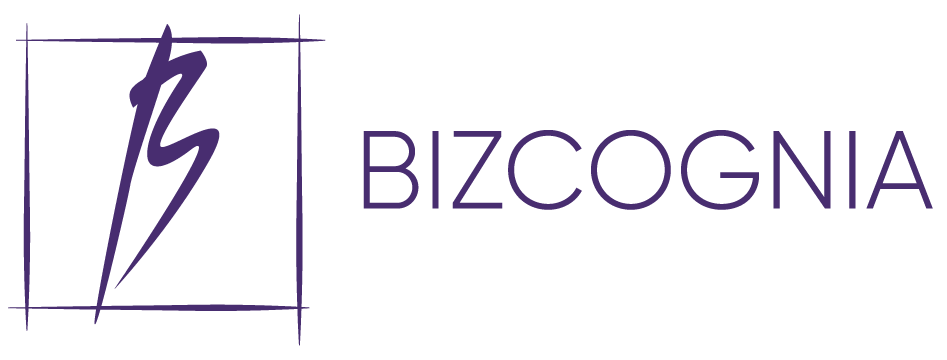There’s a reason why Pinterest affiliate marketing is a good idea, and millions of marketers use the platform to promote their products. Besides being one of the most popular social media platforms, people go to Pinterest with hopes of finding something new. They approach the app open to suggestions, making it ideal for affiliate marketing.
If you are looking to get in on the action but need some pointers, you are at the right place. Today’s article will cover the essentials of affiliate marketing using Pinterest and provide you with a few bonus tips on launching a successful program.
How to Use Pinterest for Affiliate Marketing
The most important thing you need to understand about affiliate marketing on Pinterest is how the platform is being used by most of its users. Even though Pinterest is defined as an image-based social media network, most people use it for a very specific reason.
Over the years, the platform has grown to become something of a search engine for ideas. Depending on their areas of interest, Pinterest users use the app to find recipes, hairstyles, tattoos, UI designs, home decor, and other inspirations. When they find something they like, they “pin” it to their boards and save it for future reference.
This means that the best way to use Pinterest for affiliate marketing is to promote products by using creative and stunning images that are likely to be pinned. Advertising on Pinterest doesn’t rely too heavily on clever wording but rather, on attractive visuals.
You only get a second of the viewer’s attention before they decide if they are going to pin your post or scroll past it, so you need to make the most of it.
Note that the most popular posts on Pinterest have descriptions of between 100 and 200 words. So while the graphics are critical, you still need to provide context with brief and informative summaries.
How to Do Affiliate Marketing on Pinterest
Before you can post your affiliate links on Pinterest, you need to understand the platform’s affiliate marketing rules to avoid getting your account suspended.
Pinterest has a strict “no surprises” policy that enforces transparency. It requires marketers to clarify where the links in their posts would take users if they were to click on them.
In addition, the platform requires marketers to disclose their affiliate links and label them as such. As a result, Pinterest doesn’t allow the use of link shorteners or any other redirect tools that might disguise your affiliate links.
What’s more, you may only create and use one account for affiliate marketing on Pinterest. Some marketers create whole strategies that rely on repinning posts from several accounts, though this is against the rules. There are other legitimate and even more effective ways your posts can reach a broad audience, discussed later in this article.
How to Disclose Affiliate Links on Pinterest
The Federal Trade Commission (FTC), which is the authoritative body regulating affiliate marketing, has made it clear that simply writing the words “affiliate link” on your pin is not a good enough disclosure. According to the commission, most users don’t know what an affiliate link is and are unaware that the person who published it gets paid for purchases made through it. This is why the FTC suggests using words like “sponsored” or “ad” to provide full disclosure.
How to Use Affiliate Links on Pinterest
While adding direct links to your offer on your posts is an option, this is not the ideal way to use Pinterest for affiliate marketing. Instead, you should aim to use the platform to drive traffic to your blog or YouTube channel, where they can find the full review of the product and stumble upon your affiliate links.
Learn more: YouTube Affiliate Marketing
This way, you are achieving two things. First, you are moving the user away from Pinterest (short attention span-land), and you are bringing them to a website where they are ready to learn the benefits of your product. Second, when users are on your property, they are exposed to your products only.
So, in essence, by using Pinterest for affiliate marketing indirectly, you bump up your conversion rates and expand your brand at the same time. Remember to disclose your affiliation with the brand on Pinterest even if you are not using direct affiliate links.
How to Make Money on Pinterest With Affiliate Links
Even though affiliate marketing has been around for almost three decades, many people are still skeptical about it. A lot of marketers see it only as an opportunity to make passive income and avoid making it their full-time job.
The truth is, with the right strategy and the will to really make an effort, affiliate marketing is totally worth i. Social media platforms like Pinterest give marketers the opportunity to reach millions of potential buyers without paying for an ad campaign. Here are a few tips and tricks to improve your Pinterest affiliate marketing strategy and increase your profits.
Use a Pinterest Business Account
You can either convert your private account to business or create a new one. The bottom line is a business account is a must when using Pinterest for affiliate marketing. While it doesn’t cost anything extra to get a business account, the benefits it provides are priceless. It will give you access to analytics, ads, and audience insights, which can prove invaluable to your affiliate marketing program.
Improve Your Strategy Using Metrics
Building on the previous point, data analyses are imperative for Pinterest affiliate marketing. Make full use of the business account tools and adjust your posts based on their insights. For example, you should track the popular pins and boards that drive the most traffic to your website, learn which pins engage with your target demographic, etc. It is much easier to adapt and improve when you have the metrics to show you what works and what doesn’t.
Optimize Your Content
Since the platform is used as a search engine by most of its users, SEO is possible and necessary for affiliate marketing on Pinterest. There are several free browser extensions available online that can help you search for relevant keywords and use them to optimize your content. You can add them to your profile, pin, and board descriptions, just make sure you are not stuffing them with keywords.
Interact With Users and Keep Up With Trends
When using Pinterest for affiliate marketing, it is important to remember that it is still a social media app besides being a money-making platform. Take the time to enjoy the app and discover new pins and boards like a regular user. Don’t be afraid to pin the posts you like and leave or reply to comments. In addition to having a good time, you will also boost your presence and research what is trending and how you can improve your content.
Create Visually Stunning and Informative Content
The quality of the images that Pinterest users are used to is quite formidable. Therefore, you will need to bring your A-game graphically to achieve success on the platform. If design is not your strong suit, using templates from tools like Canva could be a good idea. Additionally, many marketers that use Pinterest for affiliate marketing had success with infographics, so consider looking them up and trying them out.
The Bottom Line
To sum it up, expanding your affiliate marketing to Pinterest can be a wise move as the platform is ideal for it. As long as you set your priorities straight and focus on creating quality content, Pinterest affiliate marketing can prove to be a highly profitable venture. Just remember to always disclose your links and use analytics to improve your strategy. Trends change, so make sure to adapt and stay ahead of the curve.

